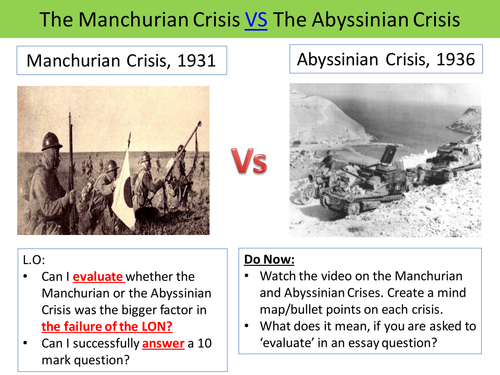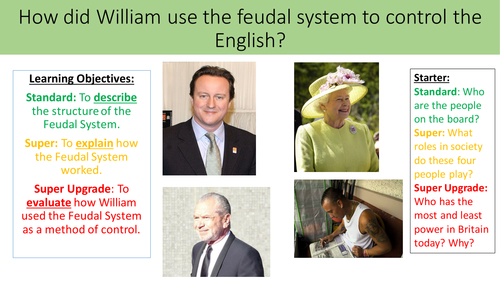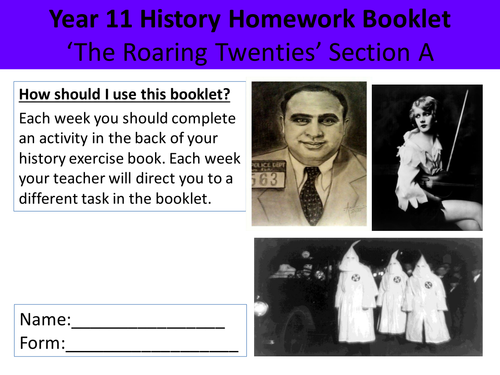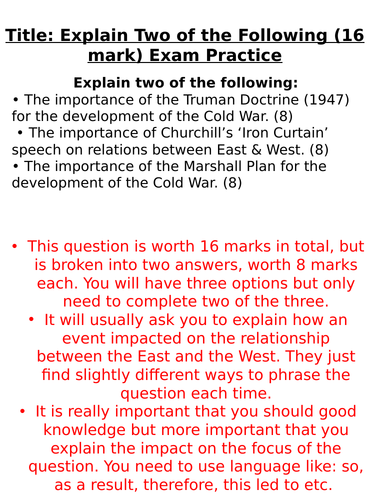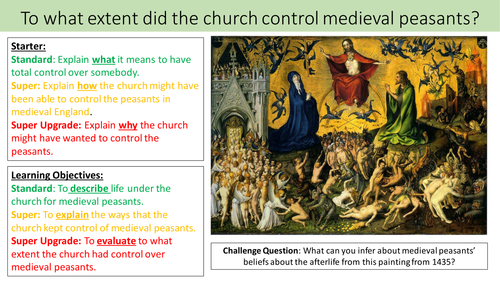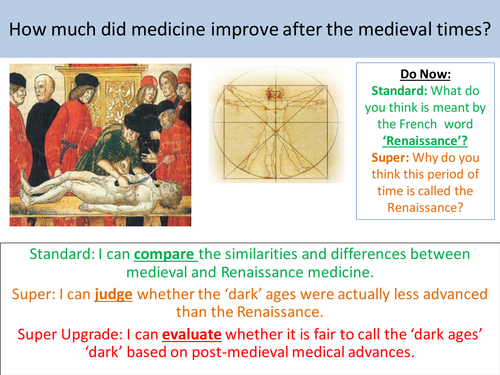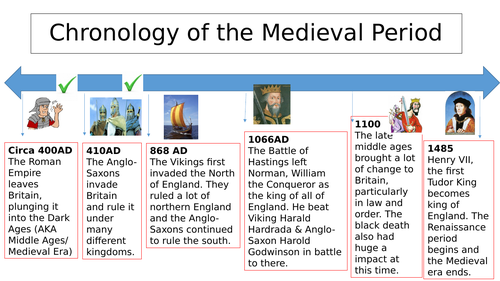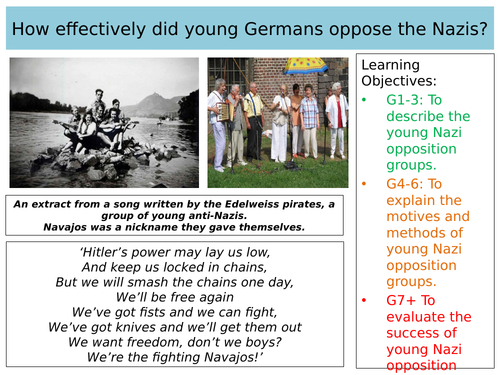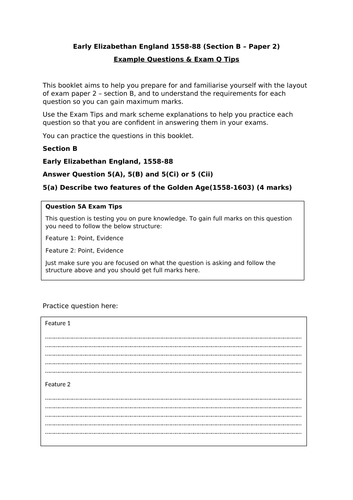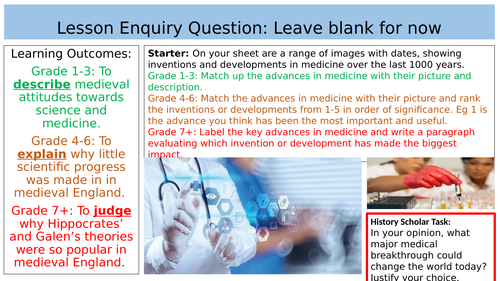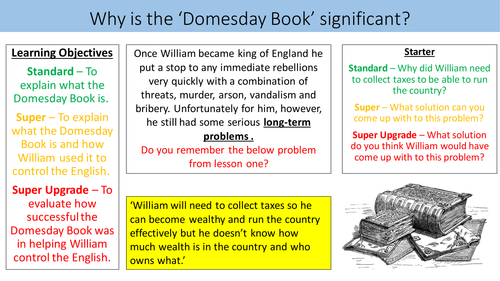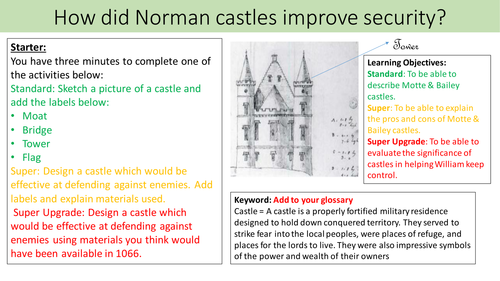Rmbell33's Shop
I'm an experienced history teacher, educated at the University of Sussex, who has worked in two 'outstanding' inner city London schools. I am currently head of history at a large school in East London. I am particularly knowledgeable in both AQA spec B and Edexcel Spec B. I try to focus on lessons which are both knowledge and skills based and incorporate a wide variety of teaching and learning strategies; particularly independent learning.




